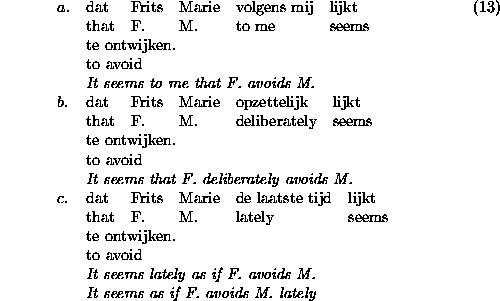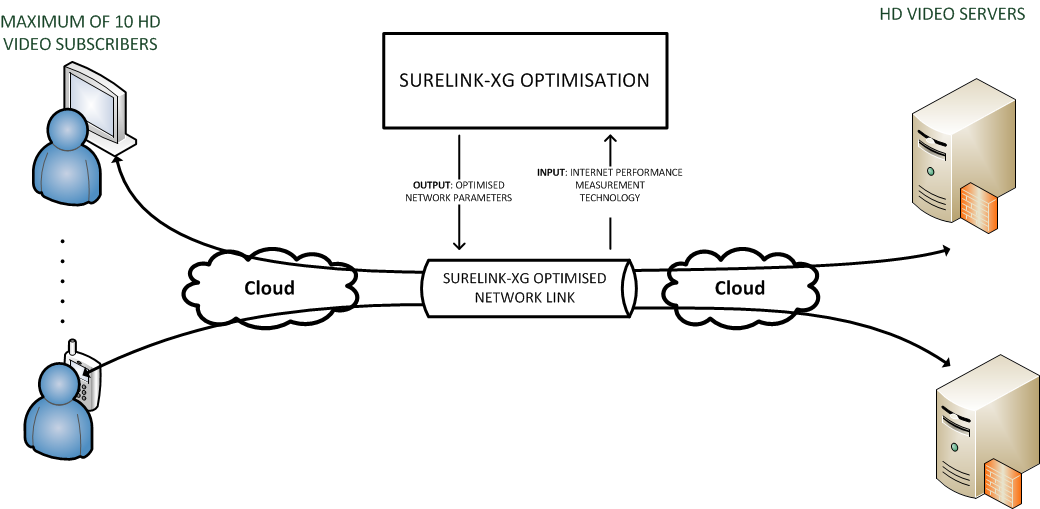
It's loosely based on Jekyll, but written in Python - hence the name.
Level of indirection generator#
This website is statically generated using a site generator I have written called Pykyll. I'm also the organiser of C++ on Sea, C++ London and co-host of cpp.chat and No Diagnostic Required podcasts. I can also give on-site training at your company or organisation. You can see my past and upcoming talks on the Appearances page. This role puts me firmly in the developer community, so if you have a conference or event that you'd like me to speak at please let me know. I can also be found on twitter as Developer Advocate at SonarSource, where I particularly cover C++ for SonarQube, SonarLint and SonarCloud. As a user of C++, Python, Swift, Rust, F#, C# and other languages and technologies I like to keep broadening my horizons and share some of what I pick up along the way.

Hi, I'm Phil Nash and this is my technical blog and website. To start with a simple example the variables x, y and z in an equation such as z = x 2 + y 2 means the set of all formulae - so although the reference is to α there are two levels of indirection here, the first to the set of all α and then the second to a specific formula for each occurrence of α in the set Δ.(For a bio more suitable for events and podcasts, please see my bio page) When doing symbolic programming from a formal mathematical specification the use of indirection can be quite helpful. Recursive data types are usually implemented using indirection, because otherwise if a value of a datatype can contain the entirety of another value of the same datatype, there is no limit to the size a value of this datatype could need. In strongly typed interpreted languages with dynamic datatypes, most variable references require a level of indirection: first the type of the variable is checked for safety, and then the pointer to the actual value is dereferenced and acted on. Delegation is another classic example of an indirection pattern.

Higher-level examples of indirection are the design patterns of the proxy and the proxy server. Object-oriented programming makes use of indirection extensively, a simple example being dynamic dispatch. The practice has even been gifted a catchy name: East Const (which, I think, is what has stirred up the interest). It is always possible to add another level of indirection. There has been a recent stirring of attention, in the C++ community, for the practice of always placing the const modifier to the right of the thing it modifies.

(6) It is easier to move a problem around (for example, by moving the problem to a different part of the overall network architecture) than it is to solve it. An often cited corollary to this is, ".except for the problem of too many layers of indirection."Ī humorous Internet memorandum, RFC 1925, insists that: This is often deliberately mis-quoted with " abstraction layer" substituted for "level of indirection".
Level of indirection software#
In some older computer architectures, indirect words supported a variety of more-or-less complicated addressing modes.Ī famous aphorism of David Wheeler goes: "All problems in computer science can be solved by another level of indirection" (the " fundamental theorem of software engineering"). A stored pointer that exists to provide a reference to an object by double indirection is called an indirection node. For example, accessing a variable through the use of a pointer. The most common form of indirection is the act of manipulating a value through its memory address. In computer programming, indirection (also called dereferencing) is the ability to reference something using a name, reference, or container instead of the value itself.


 0 kommentar(er)
0 kommentar(er)
